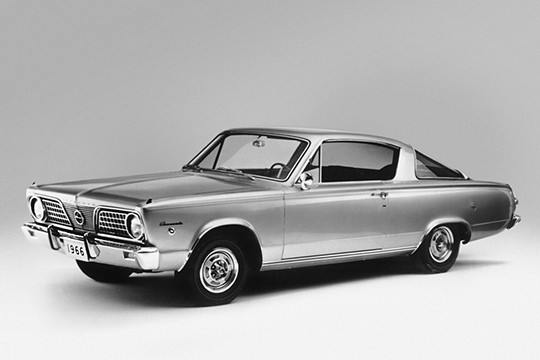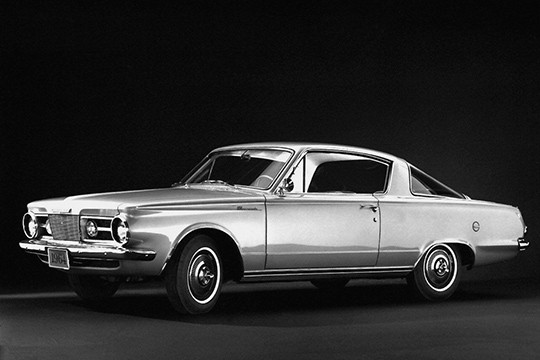PLYMOUTH BARRACUDA Models/Series Timeline, Specifications & Photos
First production year: 1964
Engines: Gasoline
Body style: Coupé (two-door)
Just two years after the nameplate's introduction, Barracuda went through a facelift that brought it several exterior and interior improvements and some changes for its technical part.
While it couldn't keep up with the Mustang, the Barracuda had several advantages over its competitor, especially thanks to its engine, which provided more power than the powerplant installed in Ford's pony car. But where it gained on the drivetrain, it lost on the appearance and interior features. So, Plymouth addressed these issues with a facelift for the 1966 model year.
The Barracuda started its career with a very distinct front fascia that featured four lamps at the front, but these were arranged differently than on any other car. But customers didn't seem to like it too much, so Plymouth reconsidered that and reorganized that with just a pair of headlights and a modified center section of the grille. Fortunately, the fastback shape with that gigantic rear windscreen remained.
Inside, the most striking difference was on the dashboard, where the automaker installed two equally-sized dials for the speedometer and tachometer that were flanked by four gauges. The rest of the interior mainly remained the same, and Plymouth didn't want to sacrifice the large rear window. But that meant that the rear occupants suffered from heat during sunny days.
The car's underpinnings received a significant upgrade on the braking department, which was fitted with discs at the front and drums at the back instead of drums in all corners. In addition, Chrysler allowed Plymouth to install the three-speed automatic gearbox on the 'Cuda.
Plymouth introduced the first generation of the Barracuda in April 1964 and built it on top of Chrysler's A-body sharing many parts with the Vaillant.
Created as a competitor for Chevrolet's Corvair, the Barracuda soon found itself pitted against Ford's Mustang, which became a hit on the market. Even though it was more expensive than the original pony car, the 'Cuda was well received by customers, thanks to its unique fastback styling and interesting interior features.
On the outside, the car featured a front fascia with the parking lights moved towards the middle of the one-slat grille, while the main headlights were on the outer side. The car's flat hood sported a crest in the middle that ran towards the windshield. Its profile revealed a unique styling characterized by the largest rear windscreen on the market at that time. It was 14.4 sqft (1.34 sqm) large. The sloped line continued on the short trunk lid that opened independently. It wasn't a liftgate. Finally, the Barracuda featured narrow and tall taillights at the back, with the round reversing lamps placed lower.
Inside, the Barracuda's name was applied on the door panels, which was uncommon. The flat dashboard sported an aluminum upper side and a black lower one. In front of the driver, the automaker installed a simple dashboard with just a large speedometer and three gauges for the fuel level, coolant temperature, and ammeter. Plymouth installed a pair of bucket seats at the front and a folding bench in the back. The car offered two storage areas: one in the trunk, accessible from the outside, and one behind the rear seats. In addition, a folding panel could've been open between these two areas.
The first generation of the Barracuda was available with three engine choices: two inline-six and a small-block V8.

